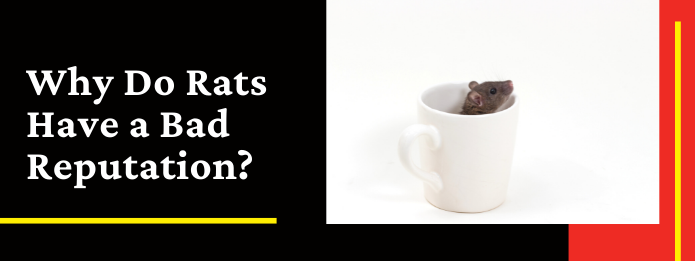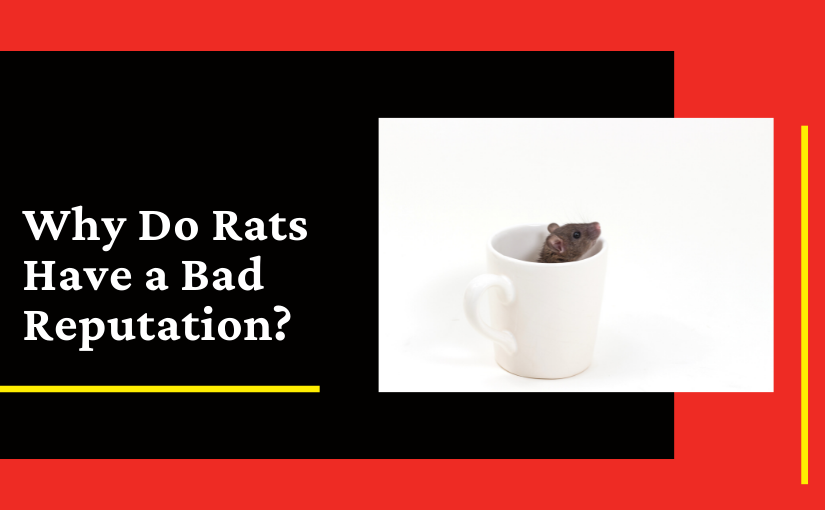
Rats have been depicted as evil, villainous, venomous, dangerous, and dirty for as long as literature and cinema have been around. In language, rats have been the bad guy for longer than that. But how did rats become the worst little four-legged long-tailed bad guy? Surely there are plenty worse out there to choose from. Rats have a solid place as all-around no-goods in both fiction and non-fiction. Film and lit go about rodent removal in many different ways but if you need pest control in Cambridge, be sure to contact Truly Nolen.
In the Beginning
Rats have been known for centuries to survive amongst the most deplorable conditions. Seemingly, this should be cause for celebration and resilience for their species, but, alas, it is not. For as far back as history has recorded, rats have found their ways into the worst places at the worst times. They have snuck aboard ships in grain bags and food storage only to eat supplies and carry disease. It is alleged that rats carried the fleas that first set forth the great bubonic plague. In wars, rats have crawled their way into trenches into the despair of death and decay and found a home in pain and suffering. In more contemporary times, rats infest less kempt areas and buildings, subways, and tunnels in major cities. If you’ve ever seen a subway rat, you know that they aren’t a common rat but a much larger, more foreboding specimen of their species, leaving no room for cute fawning.
In Literature
Rats are depicted now more fairly in literature but, at first, were quite the horror. Mrs. Frisby and The Rats of NIMH give way to a powerful and evil force of rats that seek to overtake and rule. Charlotte’s Webb has Templeton, the rat who is a greedy, less than trustworthy barnyard lush that keeps Wilbur and Charlotte on their toes. Hieronymus Bosch depicted rats in many of his surrealist paintings as the instigators of evil deeds not to be mentioned in polite company. Bram Stoker’s Dracula and Mary Shelley’s Frankenstein mention rats when characters experience rage or hunger that needs to be satiated by inhuman forms.
In Movies
Rats swarm in horror movies like Willard and Dracula iterations. In the famous Harry Potter series, both book and movie versions, Mr. Scabbers is Ron Weasely’s pet rat who ended up being Peter Pettigrew, the accomplice to the evil Lord Voldemort. Even in more contemporary animated films like Neil Gaiman’s Coraline, the rat is depicted as evil and a sham. He is the other Mr. Bobo, out to do Coraline harm. In Ghostbusters, Ray Stantz says, “It’s the subway rats you gotta worry about. Big as beavers! Listen, you hear ’em, behind the walls, scratching? There must be thousands of ’em.” Alternately, the latest and greatest iteration that offers the most light-hearted depiction of a rat in the film is Ratatouille. Remy is a lovable rat who wins viewers’ hearts with his rags to riches story of friendship and cookery with his friend Alfredo.
In Language
“You dirty rat!” or “He’s a rat!” is meant to imply someone is an informant or shares information with those that shouldn’t have it. A rat is synonymous with a snitch. It is speculated that this term comes from the untrustworthy nature of rats in that they seem unassuming but could actually be carrying disease. Further, wherein you see one rat, there are often more than one. This is to say that someone is not acting alone and is meant to be considered highly untrustworthy with partners you can’t see.
Infestation
Call Truly Nolen in Cambridge for your rodent removal needs if you’ve got a no-good, dirty rat or rats in your home or office.
